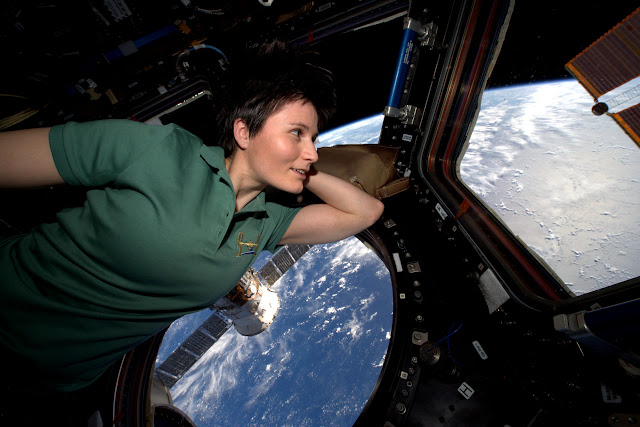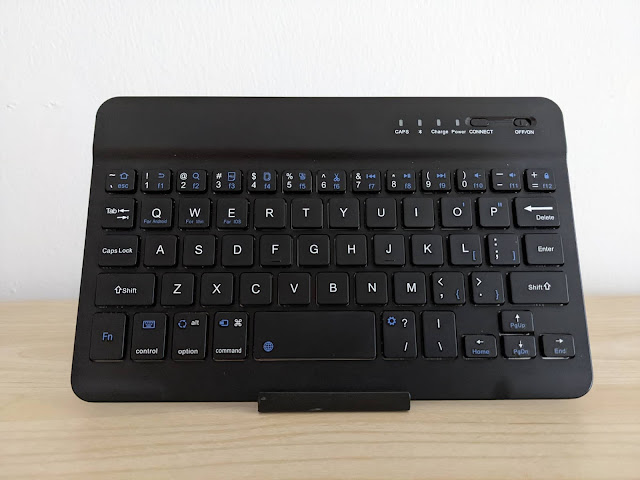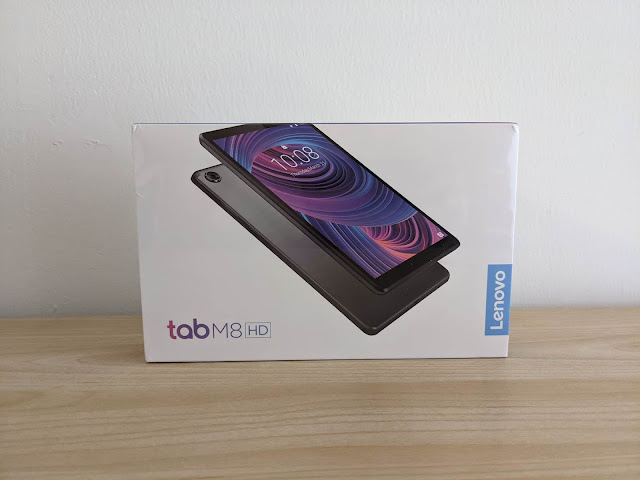Behind the Scenes of Translating Samantha Cristoforetti’s Logbook
From July 2013 to September 2015 ESA astronaut Samantha Cristoforetti posted to her Google+ profile hundreds of entries of the Logbook, a mostly daily journal of the training and space flight for her first mission to space.
The Logbook is a unique resource and public outreach project, likely the most extensive such account by any astronaut. For example, on launch day she shared her thoughts just hours before riding a rocket and blasting into space. No astronaut had ever done that.
Samantha is an European astronaut and, although her home country is Italy, she wrote the Logbook in English for reaching a wider audience. I had the privilege and opportunity of providing the official Italian translation of all the Logbook entries, which were published to the AstronautiNEWS website and later also to ESA’s Avamposto 42 mission website.
Following so closely Samantha’s training and space flight from her direct account was as much an adventure for me as it was living it for her. Here are some behind the scenes notes on my workflow, tools, and challenges.
I occasionally reached out to Samantha for reporting some typos or getting clarification on some sentences.
When the translation of an entry was ready I added the photos in the original Google+ post and published it to AstronautiNEWS. Moments later I shared the translation with ESA for re-publishing it to the Avamposto 42 website.
My top priority was working fast, as things were going on quickly especially in the hectic days of the mission. This was important as Samantha’s mission got a lot of media attention and many, both in news outlets and in the general public, relied on my translations.
I also focused on technical accuracy because the geek in me wouldn’t have allowed otherwise. Finally, although I did my best with linguistic accuracy and style, this had the lowest priority given the other constraints. I hope the result was at least acceptable.
I frequently googled and researched online to get more background and context on the activities and equipment Samantha told about.
Sometimes I used Google Translate, mostly as a dictionary and thesaurus.
Matching the dates of the events told by Samantha to absolute dates was tricky, especially for the entries written while in space. She usually didn’t provide dates or direct time references in her posts. Therefore, sometimes I wasn’t sure when Samantha drafted the posts, which was not necessarily on the same days she posted them to Google+. To help pinpoint the dates I checked various ISS activity reports, official updates by the space agencies, and news stories on the mission.
You know what was the greatest challenge of translating the Logbook? No, not the jargon and technical terms. Those were easy. The most difficult part was translating the terms related to physical workout and exercise.
The Logbook is a unique resource and public outreach project, likely the most extensive such account by any astronaut. For example, on launch day she shared her thoughts just hours before riding a rocket and blasting into space. No astronaut had ever done that.
 |
| Samantha Cristoforetti on the International Space Station. Original image: astrosamantha photostream. Credit: ESA/NASA. |
Samantha is an European astronaut and, although her home country is Italy, she wrote the Logbook in English for reaching a wider audience. I had the privilege and opportunity of providing the official Italian translation of all the Logbook entries, which were published to the AstronautiNEWS website and later also to ESA’s Avamposto 42 mission website.
Following so closely Samantha’s training and space flight from her direct account was as much an adventure for me as it was living it for her. Here are some behind the scenes notes on my workflow, tools, and challenges.
The process
I routinely monitored my Google+ stream. When Samantha published a new Logbook post I copied the text into a Google Docs document and started translating it paragraph by paragraph.I occasionally reached out to Samantha for reporting some typos or getting clarification on some sentences.
When the translation of an entry was ready I added the photos in the original Google+ post and published it to AstronautiNEWS. Moments later I shared the translation with ESA for re-publishing it to the Avamposto 42 website.
My top priority was working fast, as things were going on quickly especially in the hectic days of the mission. This was important as Samantha’s mission got a lot of media attention and many, both in news outlets and in the general public, relied on my translations.
I also focused on technical accuracy because the geek in me wouldn’t have allowed otherwise. Finally, although I did my best with linguistic accuracy and style, this had the lowest priority given the other constraints. I hope the result was at least acceptable.
The tools
The main resource I had was my personal Mission Control backroom, so to speak. It was a group of close space enthusiast friends of the Italian Space and Astronautics Association (ISAA), some of whom work in the space business, I reached out to via a Google Hangouts text chat for advice on the best translation of specific words or sentences, or for insight into some technical issues. I pestered them at the least appropriate times of the day. Thanks guys!I frequently googled and researched online to get more background and context on the activities and equipment Samantha told about.
Sometimes I used Google Translate, mostly as a dictionary and thesaurus.
The challenges
It typically took me one hour or two to translate a single Logbook entry, so the main challenge was fitting the work in my daily schedule and reduce the delay from getting the original posts in English to publishing the Italian translations.Matching the dates of the events told by Samantha to absolute dates was tricky, especially for the entries written while in space. She usually didn’t provide dates or direct time references in her posts. Therefore, sometimes I wasn’t sure when Samantha drafted the posts, which was not necessarily on the same days she posted them to Google+. To help pinpoint the dates I checked various ISS activity reports, official updates by the space agencies, and news stories on the mission.
You know what was the greatest challenge of translating the Logbook? No, not the jargon and technical terms. Those were easy. The most difficult part was translating the terms related to physical workout and exercise.


